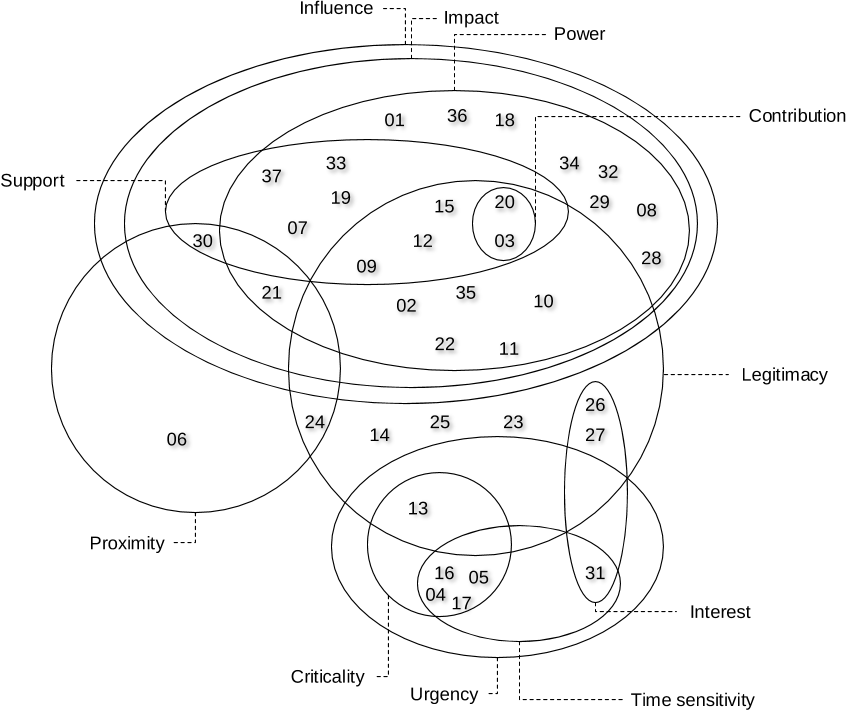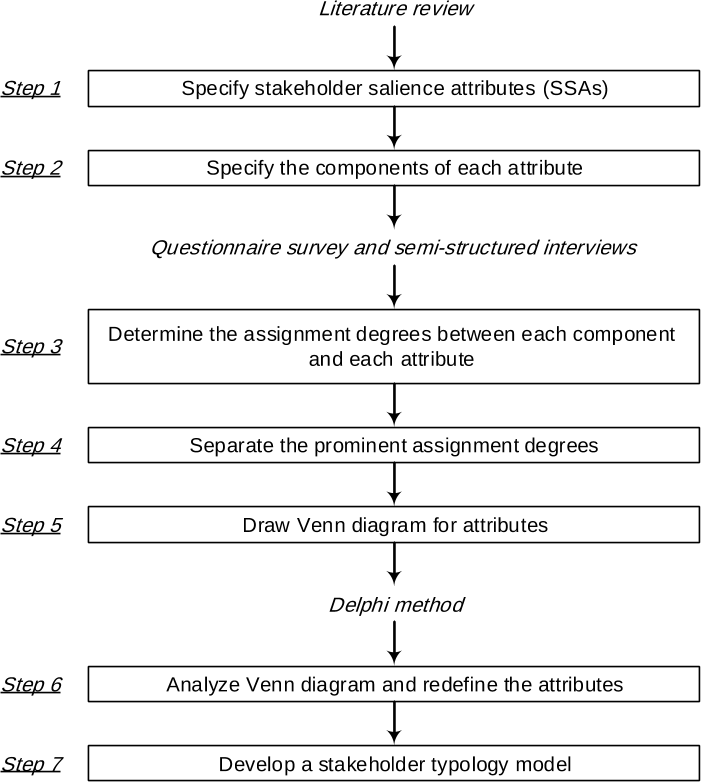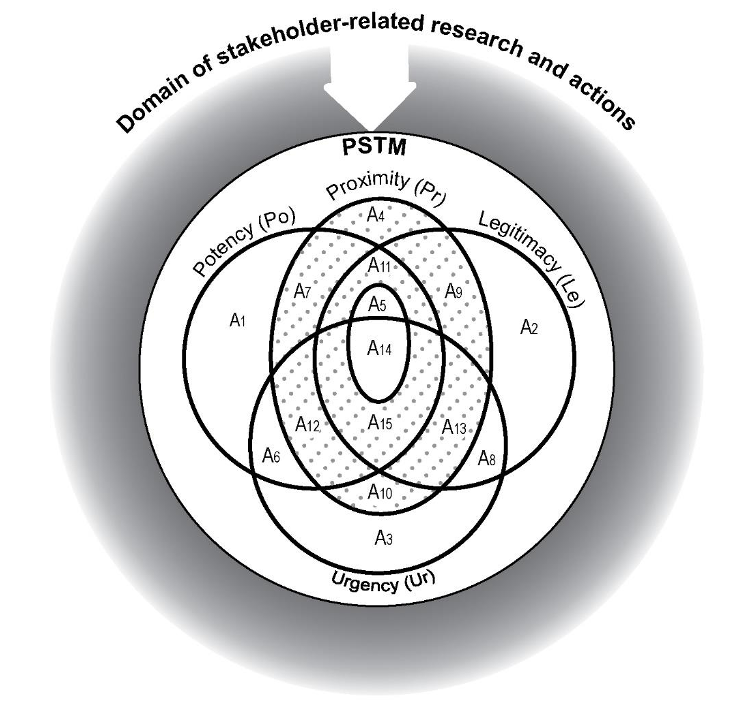Q2. What future works have the authors mentioned in the paper "A comprehensive stakeholder-typology model based on salience attributes in construction projects" ?
Future research Several proposals for future research are relevant based on the concerns of the current study. Second, it is also their view that further research should study how to calculate the assignment degree between each component and each attribute, for example by using fuzzy theory. Third, future research can also take into account the practical use of PSTM and the authors suggest a survey and expert interviews on PSTM utilization. Using a visualising tool to study stakeholder influence–two Australian examples.





